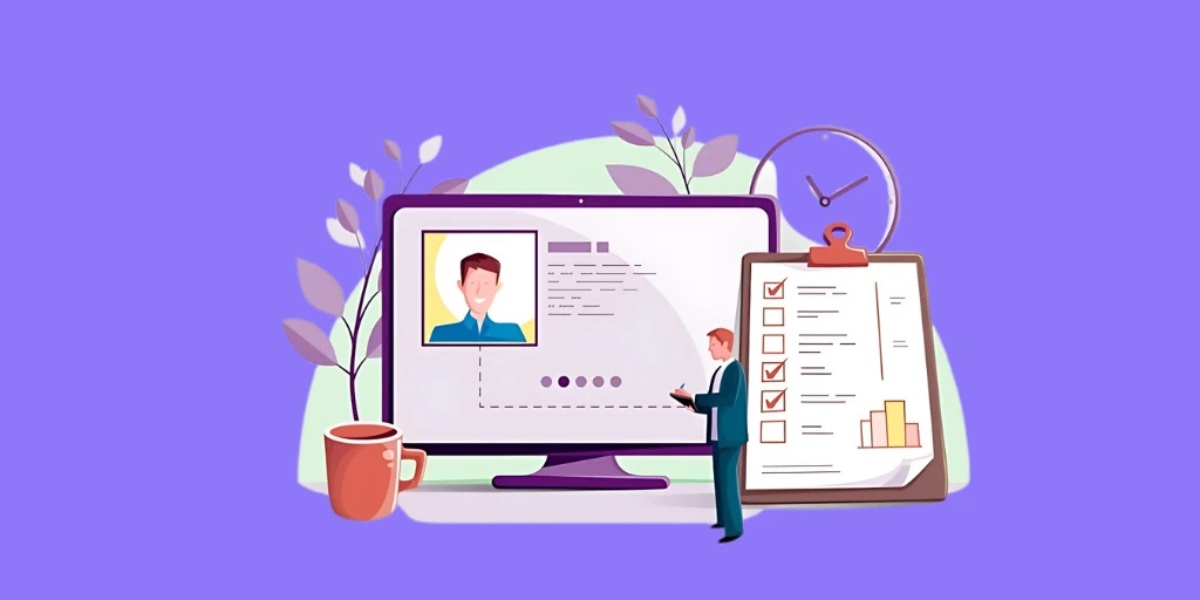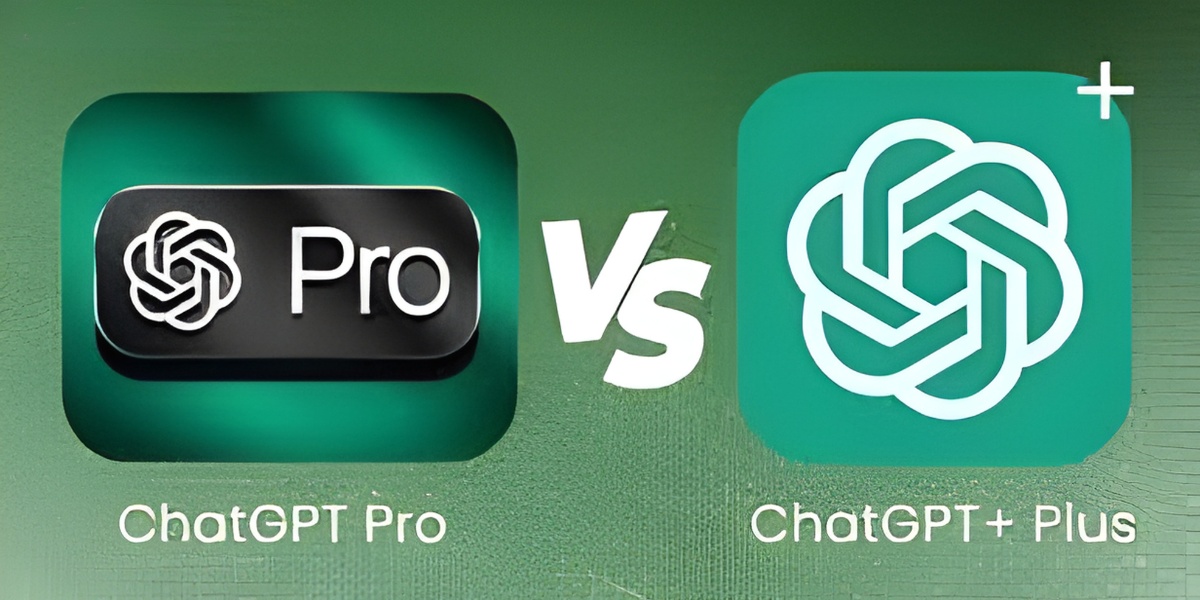As a blogger, you want people to read what you write. The main way to measure this is by looking at your blog traffic.
One of the first numbers every blogger looks at is page views. You might ask yourself, “How many page views is good for a blog?” The simple answer is that there is no single number that is “good” for everyone.
A good number of page views depends on your blog’s age, your topic, and your goals. This article will help you know what page views are, what numbers you can aim for, and how to get more people to visit your site.
Here at VH-info, we know that building high-quality links is one of the most effective ways to drive that growth. Our expertise lies in helping bloggers like you develop link-building strategies that build trust with search engines and attract your target audience.
We will look at what you can expect as a new blogger and what goals you can set for the future to achieve steady traffic growth.
Understanding the Basics of Blog Traffic
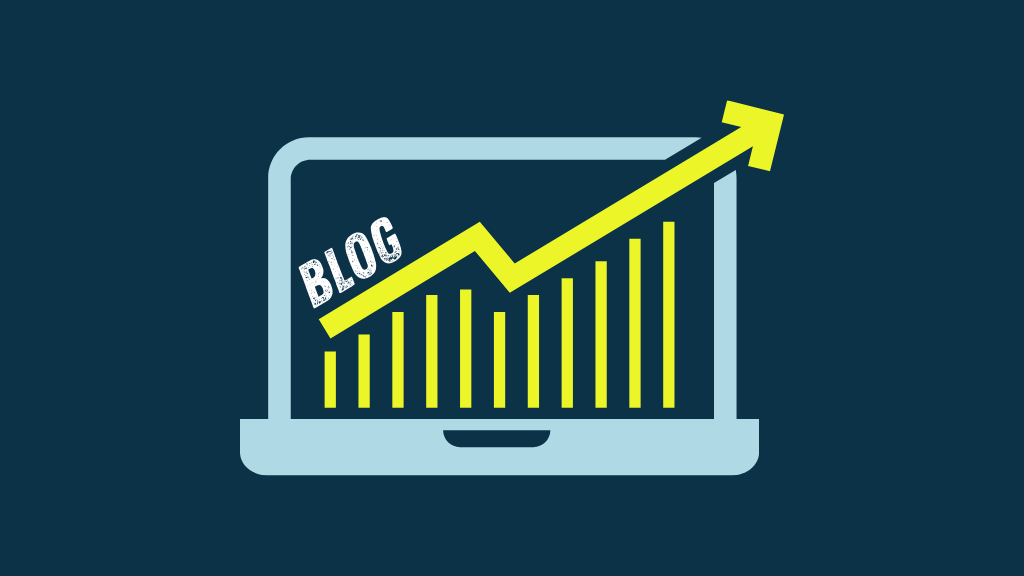
What Exactly Is A Page View?
A page view is a simple count that happens every time a person loads a web page on your blog.
If a visitor lands on your homepage, that is one page view. If they then click on an article, that is a second page view. If they read that article and then click to another one, that is a third page view. So, one person can create multiple page views in a single visit.
The total number of pageviews your blog gets is just the sum of all these individual page loads by all your visitors. It is one of the most basic ways to see how much activity your blog is getting and if your new content is being seen by readers.
Page Views Vs. Unique Visitors: What’s the Difference?
While page views count every single time a page is loaded, unique visitors count the number of individual people who visit your site over a certain period. Think of it like a coffee shop.
One person (a unique visitor) can come in and buy three cups of coffee (three page views) in one day. The shop had one unique customer, but three sales. On your blog, one person might read five articles. This would count as one unique visitor but five page views.
A unique pageview is a term used to describe a view from a single person during their visit. Both metrics are important. A high number of page views per unique visitor means people are interested and are clicking around to read more of your work.
Why Page Views Are A Common Starting Metric?
For anyone just starting out, tracking the number of pageviews is a very useful first step. It is an easy-to-see sign that your blog is alive and that people are starting to find it. When you are a new blogger, seeing those first few page views come in can be very motivating.
It shows that your work is reaching someone. This metric is a simple indicator of your initial traffic growth.
While it does not tell the whole story, a growing number of page views suggests you are on the right track. As this number increases, it opens up more opportunities for you to earn money from your blog later on, which is a key part of any blogger’s journey.
So, How Many Page Views Is Good For A Blog?

Benchmarks For A New Blog (0-6 Months)
If you have a new blog, any amount of blog traffic is a good start.
In your first few months, it is normal to have very low numbers. Do not be discouraged if you only get 10 or 20 page views a day.
A great goal for a new blog is to reach 1,000 monthly page views within the first six months. During your first year, it is not realistic to expect too much traffic. The focus should be on creating quality content consistently and learning what works.
Reaching that 1,000 monthly view mark shows you have a positive growth rate and are building a solid foundation for future success.
Goals For An Established Blog (1+ Year)
Once your blog is over a year old and you have been posting regularly, you can set higher goals.
Many bloggers see 10,000 monthly traffic as a major milestone. At this level, you can often apply to better ad networks and start earning a real income. Very successful blogs can get 50,000, 100,000, or even more page views every month.
The key is to see steady traffic growth over a long time. It is not about a sudden spike but about building a loyal audience that keeps coming back. Your traffic levels should slowly climb as your library of content grows and your authority in your niche gets stronger.
How Your Niche Affects “Good” Page View Numbers?
The topic of your blog, or your niche, plays a big role in what “good” traffic levels look like.
A blog about a very specific hobby, like collecting vintage stamps, will naturally have a smaller target audience than a blog about general cooking recipes. The stamp blog might get 2,000 page views a month and be very successful, while a food blog might need 50,000 page views to be considered successful. So, do not compare your blog to one in a totally different category.
A smaller, highly interested audience can be more valuable than a large, casual one, especially if you are selling specific products or services.
Page View Milestones For Monetization
Your monetization strategy is directly connected to your number of page views. Different ways of making money from your blog become available as your traffic grows.
- Ad Networks: You can start with Google AdSense with very little traffic. However, premium ad networks like Mediavine or AdThrive, which pay much more, have minimum traffic requirements. Mediavine typically requires 50,000 monthly sessions.
- Affiliate Marketing: You can begin affiliate marketing from day one. This is where you recommend products and earn a commission if someone buys through your special link. While you can start with low traffic, having more page views means more people will see and click on your affiliate links, leading to more potential income.
Factors That Directly Impact Your Page Views
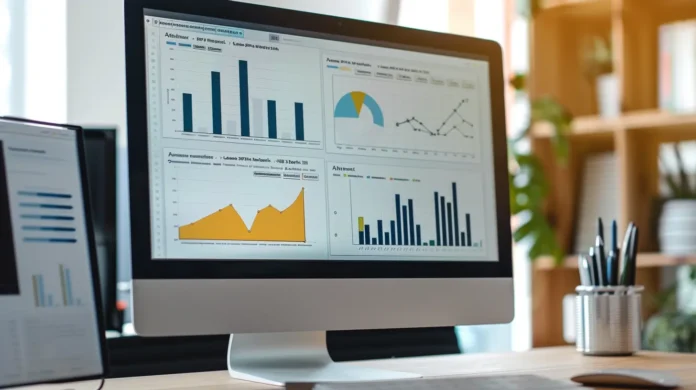
Content Quality and Publishing Frequency
The single most important factor for getting more page views is having high-quality content.
If your articles are helpful, well-written, and answer the reader’s questions, they will stick around longer and are more likely to come back. People share good content, which brings you more visitors.
Along with quality, publishing new content on a regular schedule is also important. This tells a search engine like Google that your site is active and up-to-date. An active site is often rewarded with more organic traffic, which is traffic that comes from search results.
SEO Strategy and Keyword Targeting
SEO, or Search Engine Optimization, is the practice of helping search engines find and rank your content.
A good SEO strategy is essential for getting consistent traffic. It starts with keyword research. This is the process of finding the words and phrases your target audience is typing into Google.
When you create content around these keywords, you are more likely to show up when people make an organic search.
Another key part of SEO is building links from other websites to yours. This shows search engines that your site is trustworthy. A service like VH-info is designed to help businesses find high-quality link-building opportunities to improve their SEO and drive more traffic.
Content Promotion and Distribution Channels
You cannot just hit “publish” and hope for the best. You need a plan to promote your articles.
This is a core part of any good content marketing strategy. Sharing your new posts on social media platforms like Facebook, Pinterest, or Twitter is a great way to get your content in front of people. You can also share your articles in online groups or forums related to your niche.
Promotion is what gives your content its first push and helps new readers find your blog. Without it, even the best article might not be seen.
Website Speed and User Experience
How your website works is just as important as the words on it. If your web page takes too long to load, visitors will get impatient and leave.
A fast-loading website makes for a happy reader. The user experience also includes how easy your site is to read and use, especially on a mobile phone. Is the text large enough? Are the links easy to click? The best way to get more page views from a single visitor is to make it easy for them to stay. A good experience encourages people to read another article, which directly increases your total number of pageviews.
Metrics to Track Besides Page Views
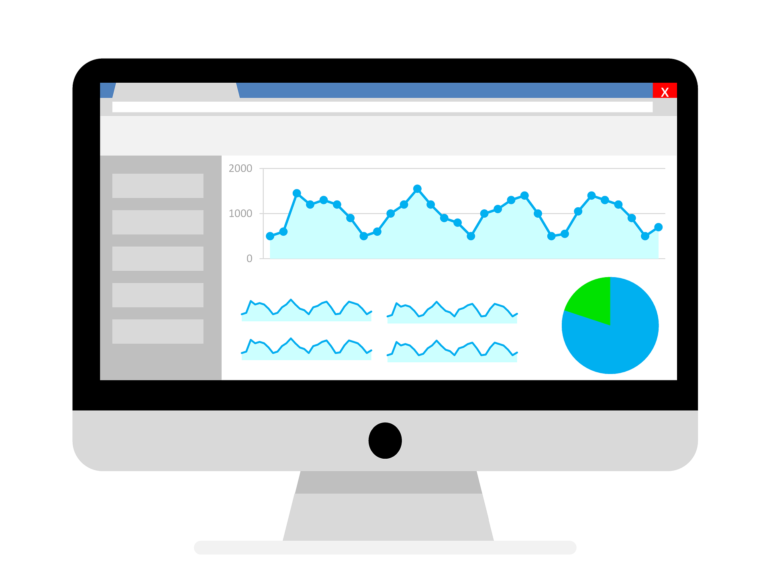
Average Session Duration and Time on Page
Page views tell you how many pages were seen, but they do not tell you if people actually read them.
That is where average session duration comes in. This metric tells you, on average, how long visitors spend on your site during a single visit. A longer duration is a good sign. It means your quality content is holding their attention.
A related metric, time on page, tells you how long people spend on one specific page.
These numbers give you a much clearer picture of how interested your readers are and tell a search engine that your content is valuable.
Bounce Rate
Bounce rate is the percentage of visitors who leave your site after looking at only one web page.
For example, if someone clicks to your article from Google, reads it, and then hits the “back” button without clicking anything else on your site, that is a bounce. A high bounce rate could mean a few things.
Maybe the content was not what the person expected, or maybe your site was confusing to use. Your goal should be to lower your bounce rate by making your content more helpful and guiding readers to other relevant articles.
New Vs. Returning Visitors
A healthy blog has a good mix of new and returning visitors. You can see this data in a report called New vs. Returning Visitors inside your Google Analytics account. New visitors are important for growth because it means more people are discovering your blog.
Returning visitors are also incredibly valuable. They are your loyal fans who like your content enough to come back for more. Building a group of returning visitors is key to creating a stable and successful blog over the long term.
Conversion Rate (Email Sign-ups, Sales)
A conversion is when a visitor takes a specific action that you want them to. This is a very important metric because it is often tied directly to your blog’s goals. The most common conversion for bloggers is getting email sign-ups.
Other conversions could be someone buying a product you recommend or clicking an affiliate link. You can have a successful blog even with lower blog traffic if you have a high conversion rate.
This shows that you are attracting the right audience and giving them exactly what they need.
Proven Strategies to Increase Your Blog’s Page Views

Master On-Page SEO Fundamentals
On-page SEO refers to the things you do directly on your page to help it rank higher in an organic search.
The best way to do this is to include your main keyword in your article’s title, in some of your headings, and a few times in the text itself. You should also write a clear meta description, which is the little summary that appears under your title in search results.
These simple steps are a clear signal to a search engine about your page’s topic, which helps you get more organic traffic from people searching for what you write about.
Create and Promote Pillar Content
Pillar content, also known as cornerstone content, is a very long and detailed article that covers a major topic in your niche from top to bottom.
For example, a fitness blogger might write “The Ultimate Guide to Starting a Running Habit.” Because these articles are so comprehensive, they tend to attract a lot of links from other websites and get a lot of organic traffic over a long time.
Creating a few pieces of pillar quality content is a foundation of a strong content marketing plan and can bring you consistent traffic for years.
Build An Email List For Repeat Traffic
Your email list is one of the most powerful tools you have as a blogger. Unlike social media or search engines, you own your email list.
It gives you a direct way to communicate with your most loyal readers. Every time you publish new content, you can send an email to your list and get an instant wave of blog traffic. An email list is a great way to build a community around your blog and is a reliable source of traffic you can count on. It is also an effective way to get more email sign-ups by offering something valuable in return.
Use Internal Linking to Keep Readers Engaged
Internal links are simply links that go from one page on your blog to another page on your blog.
When you are writing an article and mention a topic you have covered before, add a link to that other article.
This helps your readers find more of your content easily. It is a simple but very effective way to get people to stay on your site longer. This lowers your bounce rate and increases your total number of pageviews, as one visitor is more likely to view multiple pages in a single session.
FAQ’s:
How Long Does It Take to Get 1,000 Page Views Per Month?
For a new blogger who is consistently producing good content, it typically takes between three to six months to reach 1,000 monthly page views. The exact time can change based on your niche, how often you publish new content, and how well you promote it.
A strong link-building strategy, which VH-info specializes in creating for SaaS and tech blogs, can speed up this process by telling search engines your site is a credible source.
If you have a solid content marketing plan and stick with it, you will see your traffic growth start to speed up. The first 1,000 is often the hardest, but things tend to grow faster after that.
Can You Make Money From A Blog With Low Page Views?
Yes, you absolutely can make money from a blog even if you do not have much traffic.
The best way to do this is to focus on a very specific target audience and solve a problem for them. For instance, you could sell your own digital product, offer coaching services, or use affiliate marketing for high-ticket items. In these cases, the quality of your traffic is more important than the quantity. Your monetization strategy should align with your specific audience and the traffic levels you have.
What Is A Good Average Number of Page Views Per Session?
A good goal to aim for is an average of 1.5 to 2 page views per session. This means that, on average, visitors are looking at more than just the first page they land on. Anything over 2 is excellent.
You can increase this number by making sure your website is easy to navigate and by using plenty of internal links to guide readers to another relevant web page. This shows that readers find your content helpful and want to see what else you have to offer.
How Can I Accurately Track My Blog’s Page Views?
The best and most popular tool for this is Google Analytics.
It is completely free to use and is the industry standard for tracking website performance. Once you install it on your site, it will show you your blog traffic, total number of pageviews, unique visitors, and hundreds of other useful data points. Setting up Google Analytics is one of the very first things you should do after starting your blog, as it gives you the information you need to grow in your first year and beyond.
Conclusion
There is no magic number that makes a blog’s page views “good.” What matters is that you are making progress and meeting your own goals.
Instead of worrying too much about a specific number, focus on serving your target audience with the best quality content you can create. Page views are a useful starting metric, but they are just one piece of the puzzle.
Pay attention to other signs of a healthy blog, like how long people are staying and whether they are signing up for your email list. If you put in consistent effort over a long time, your traffic growth will follow.
At VH-info, we’re dedicated to helping you accelerate that growth through strategic link building that signals your authority to search engines. Let us help you get the recognition and traffic your quality content deserves.

